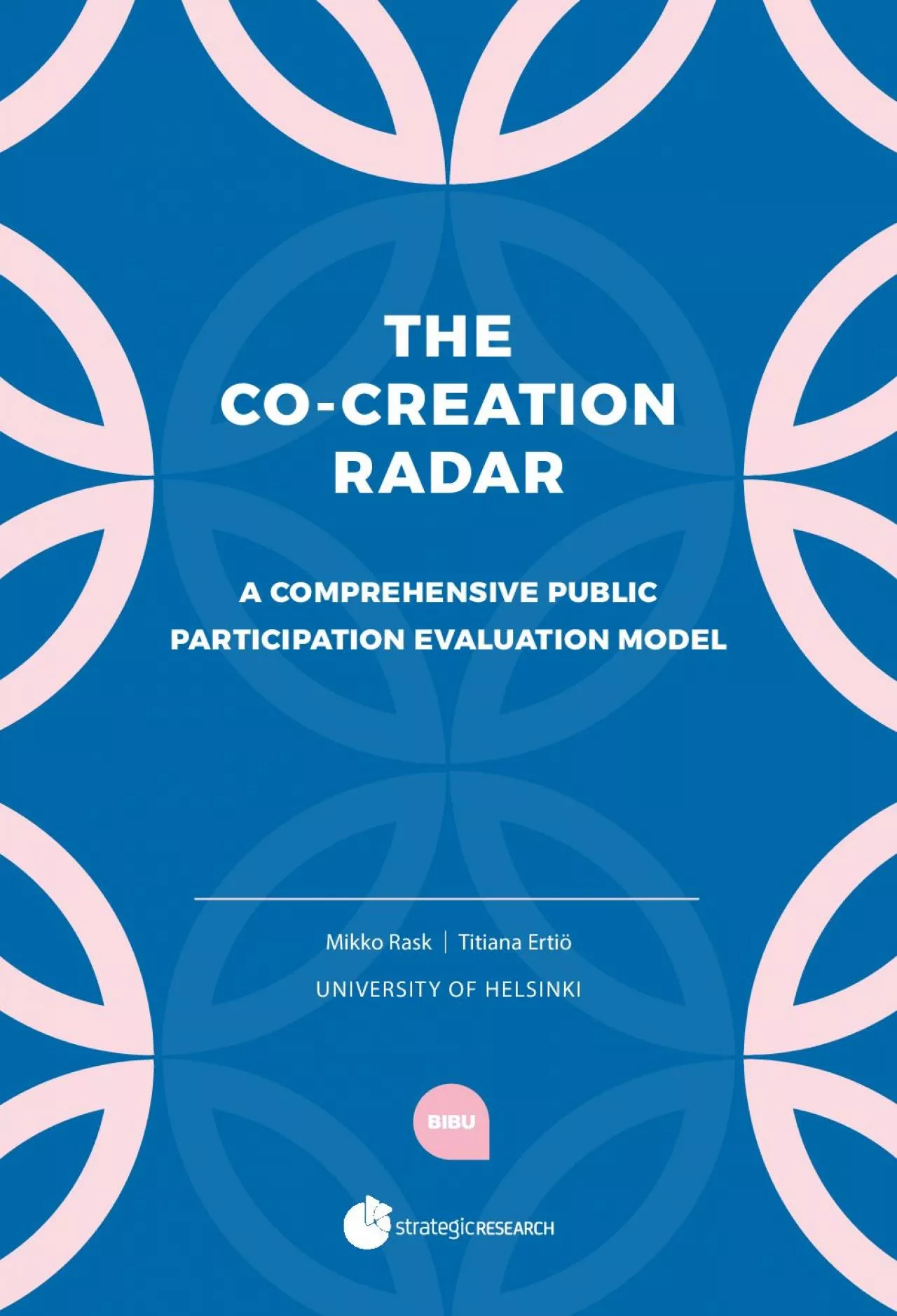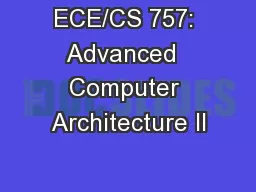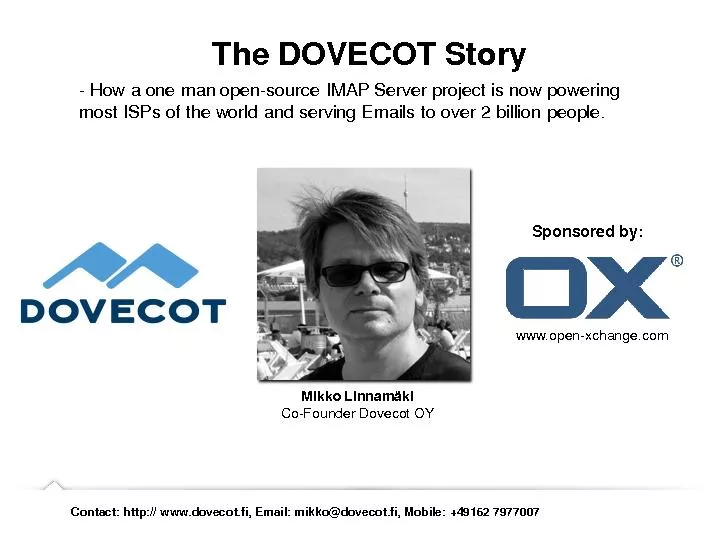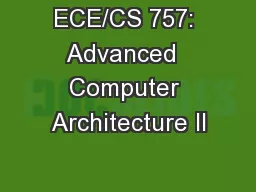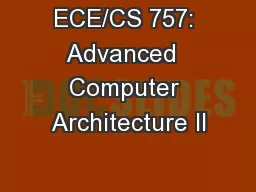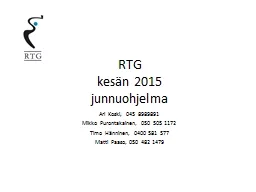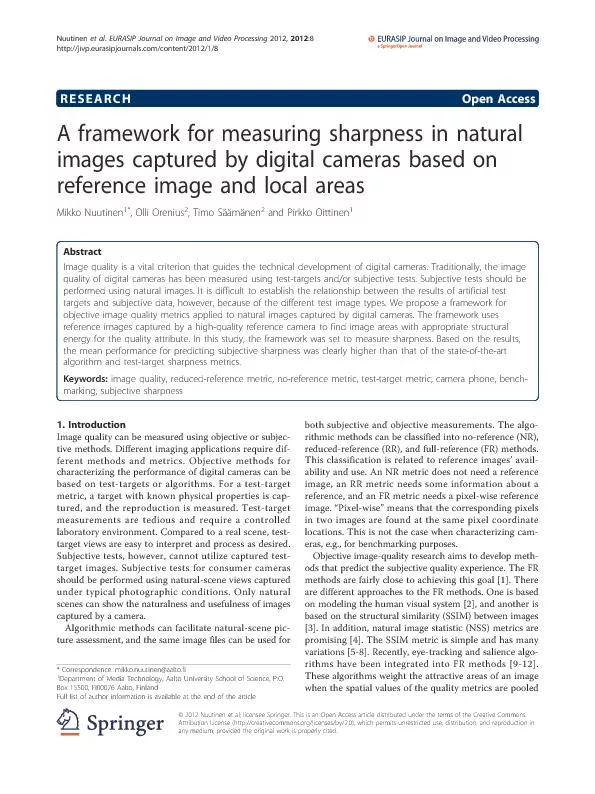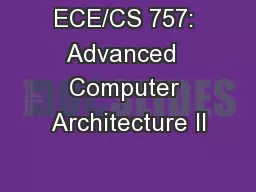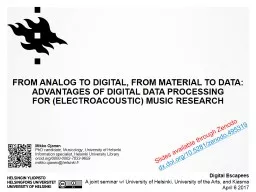PDF-Mikko Rask
Author : alyssa | Published Date : 2021-08-09
Titiana ErtiUNIVERSITY OF HELSINKITHECOCREATIONRADARA COMPREHENSIVE PUBLIC PARTICIPATION EVALUATION MODELPublic participation should be evaluated comprehensively3Citizen
Presentation Embed Code
Download Presentation
Download Presentation The PPT/PDF document "Mikko Rask" is the property of its rightful owner. Permission is granted to download and print the materials on this website for personal, non-commercial use only, and to display it on your personal computer provided you do not modify the materials and that you retain all copyright notices contained in the materials. By downloading content from our website, you accept the terms of this agreement.
Mikko Rask: Transcript
Download Rules Of Document
"Mikko Rask"The content belongs to its owner. You may download and print it for personal use, without modification, and keep all copyright notices. By downloading, you agree to these terms.
Related Documents

